Travel Tips for First-Time Visitors in India
India, a land of diverse cultures, stunning landscapes, and rich history, is a dream destination for many travelers. However, for first-time visitors, navigating through this...

India is a land of diverse natural wonders, you can’t even count them on your fingers, and each of them better than the other. And, one such wonder is tucked away from the mainland in one of the country’s most beautiful region, in Manipur. Read to find out.
Ever stepped on a floating island? Well, except for few lucky ones, not many of you might have, because there ain’t such any in the world except for the Loktak Lake in Manipur. Yes’ that’s true and it is actually possible at Loktak Lake – the floating paradise in Manipur. The floating masses of land are known as ‘phumdis’ (find out more about phumdi further ahead in the blog) in local language. Loktak Lake is the largest freshwater lake in the north-east India, and it’s just 45 minutes away from the capital city – Imphal.
The ancient lake is the source of livelihood for the local fisherman and folks, and it plays an important role in the economy of the state. You will spot local fisherman seated on their tiny boats looking for a good catch of the day. The local fisherman live in traditional huts built of bamboos on the phumdis and use traditional wooden boats to move around the lake.
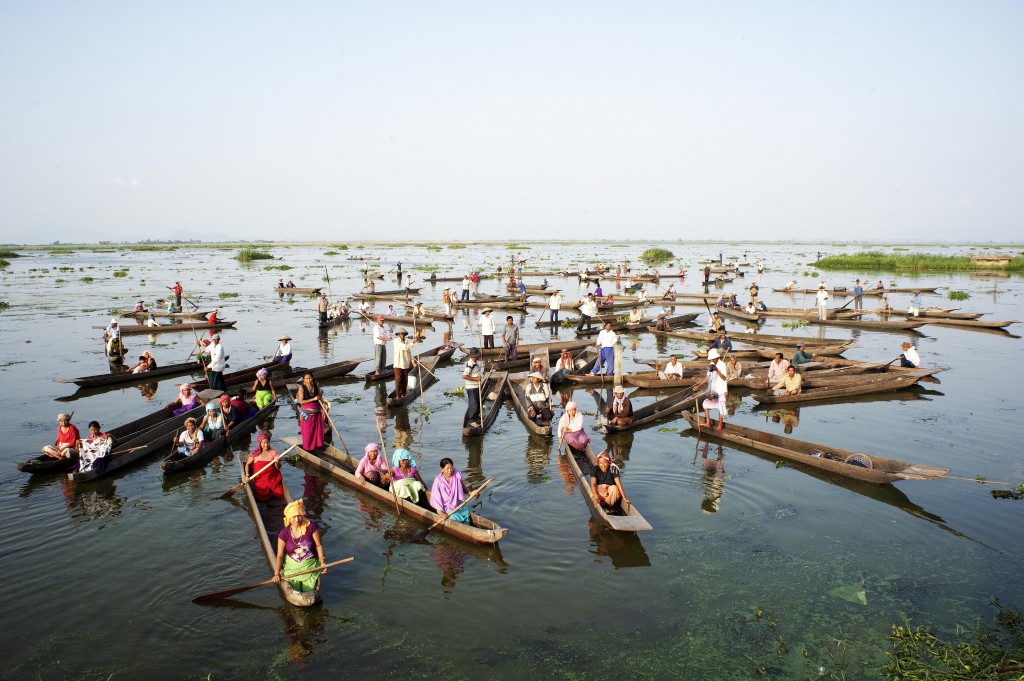
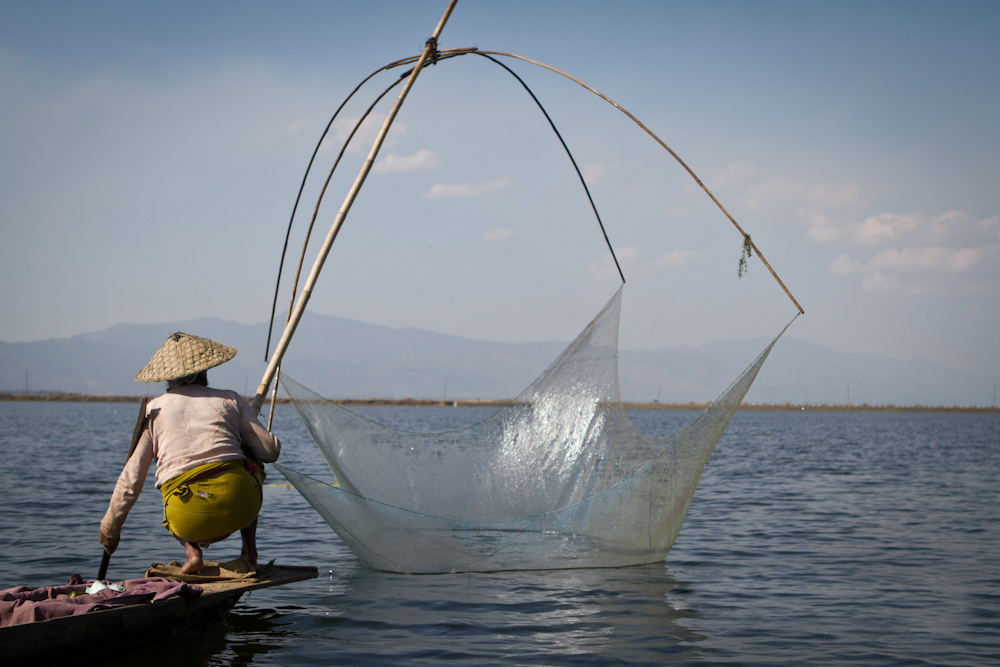
The PHUMDIS are the most interesting aspect of the lake, which are heterogeneous mass of vegetation, soil, and organic matters at various stages of decomposition. The unique and amazing vegetation run deep underwater and they are so thick and durable that local people have built their homes on them. The phumdis float during the rains and sink to the bottom during the dry months, absorbing nutrients through its roots from the lake bed.
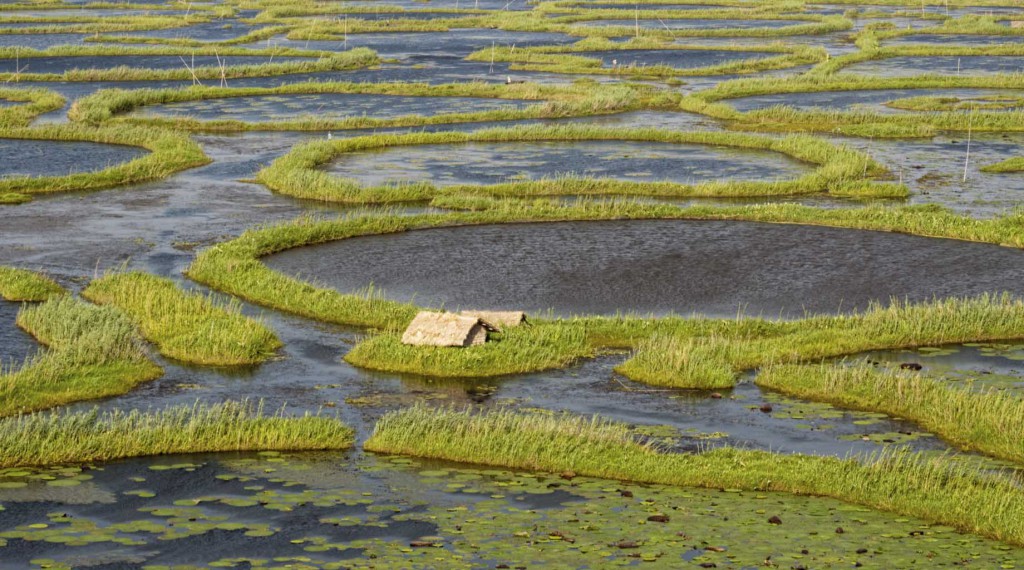
Also, another feature of this lake is that it is home to “The only Floating National Park” in the world. I had the same question in my head, What & How? The truth is, Mother nature deserves an applaud.
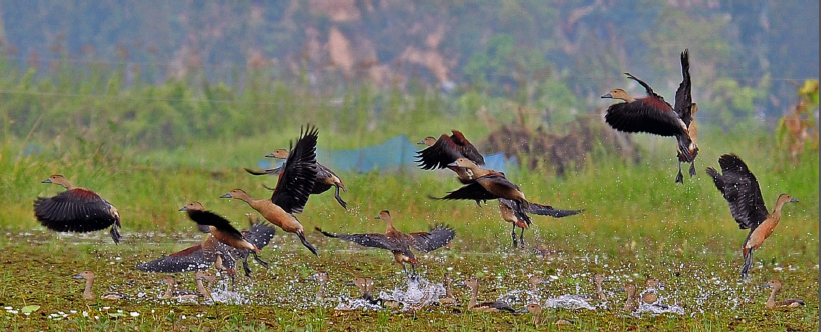
The biggest Phumdi at Loktak Lake is the Keibul Lamjao National Park, which is the only floating National Park in the world and the last natural resort to the endangered Sangai or Manipur brow-antlered deer, one of the three sub-species of Eld’s Deer. The park covers an area of 40 sq. km (15 sq mi) and is home to rich biodiversity including a diverse range of vegetation, flora, fauna and avifauna.
The elegant Sangai aka Dancing Deer is only found in Manipur, and is also the state animal. Its hooves are adapted to walk on the Phumdis.
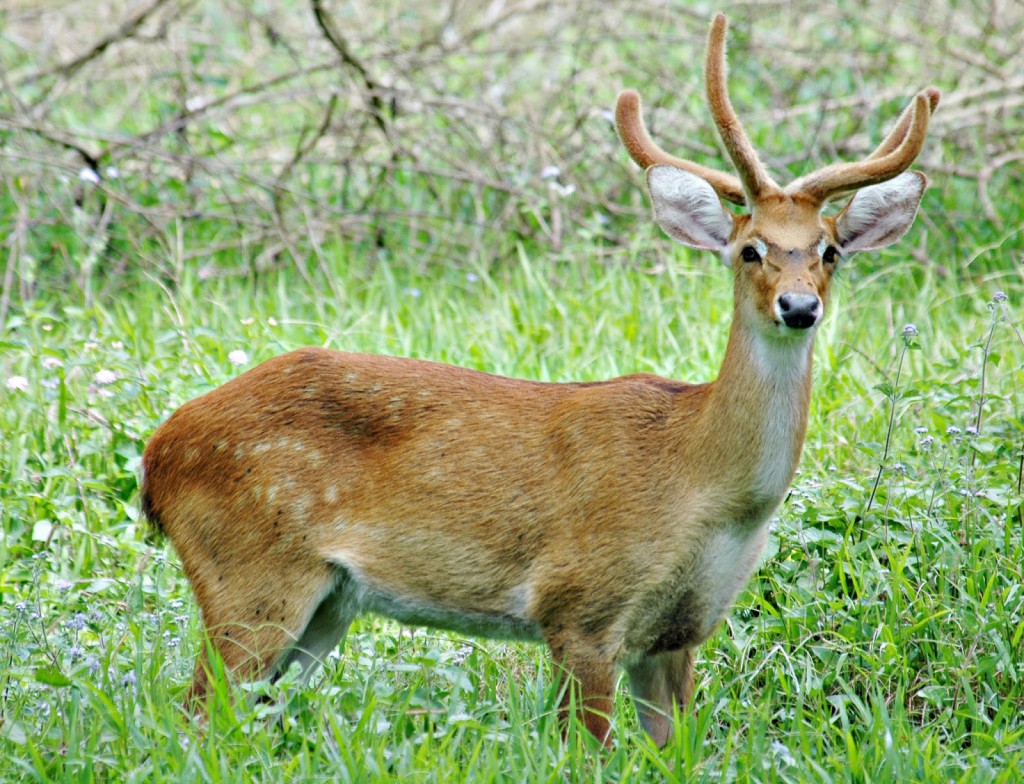
The park was declared as a Sanctuary in 1966, and was subsequently declared a National Park in 1977.
The ideal place to watch the calm beauty of Loktak Island is from Sendra Island, which gives a bird’s eye view of the lake and the scenic mountain vistas at the backdrop. Sendra Island is also a paradise for bird watching.
• Visit the islands of Sendra and Karang to get a good view of the entire lake.
• Rent a boat and go for a swim or simply enjoy a boat ride.
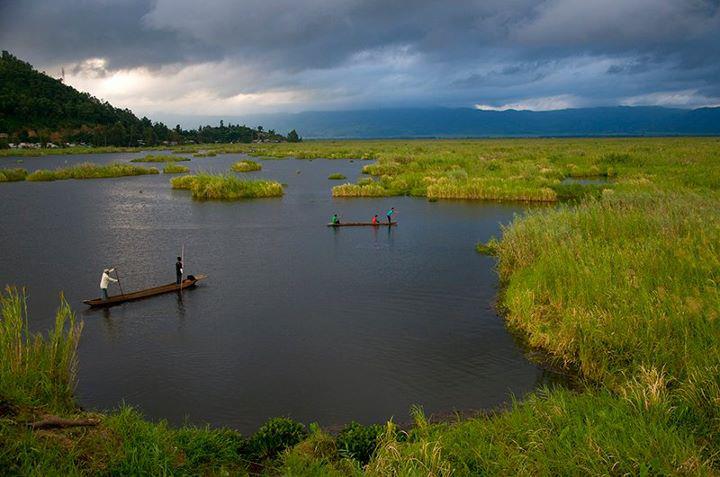
This wonderful place on earth is less frequented by tourists and this makes it even more alluring, because why not when you can enjoy raw natural beauty all to yourself, uninterrupted. Loktak Lake is a natural wonder (and before it disappears thanks to gradual urbanization as well as global climate change), it should definitely be on the bucket list of any traveler. With such rare and unique creation of nature for us to see, how can we sit back and not explore these places, right?
Having said that, the sad part about this amazing wonder of nature is that the lake is endangered with continuous threat of extinction owing to pollution, decline in diversity of avifauna, thinning of phumdis.
The nearest Airport is Imphal Airport, just 48 km from Loktak Lake, and can be reached after you book a cab from here.
While in Manipur, don’t forget to visit the women-only market – Ima Keithel – Asia’s second largest women-ruled market, located in the capital town Imphal.
India, a land of diverse cultures, stunning landscapes, and rich history, is a dream destination for many travelers. However, for first-time visitors, navigating through this...
India has varied climatic zones. The best time to visit most regions is between October and March when the weather is pleasant. Summers (April to...

India is a land of breathtaking landscapes, rich cultural heritage, and vibrant traditions. For first-time international travelers, navigating this diverse country can be both exciting...
You are one step closer to having the best journey of your lifetime! Talk to us, write to us all that you have envisioned for your India trip, and one of our travel experts will connect with you on priority. To help you explicitly we have WhatsApp and Email addresses!
Leave a Comment ▼